Researchers have made an extraordinary golden eggs discovery that has captured the imagination of marine scientists and nature enthusiasts alike. Hidden near an underwater volcano off the west coast of Canada, over 2.6 million translucent golden eggs were found, sparking curiosity and raising questions about life on our planet. This discovery isn’t just fascinating; it challenges what we think we know about deep-sea ecosystems.
Keep reading to unravel the story behind these golden eggs, the creatures that lay them, and why this discovery is groundbreaking for science.
The Discovery That Changed Everything

Back in 2023, during an exploration of an underwater volcano, scientists stumbled across geothermally heated areas they believed were dormant. These areas turned out to be nurseries for an enormous number of golden egg clusters. Some of the eggs were even found shimmering next to thermal vents, making the scene appear almost magical.
The leader of the research team, Dr. Cherisse Du Preez, described the moment as unparalleled. “We had no idea the volcano was active, and the sight of so many glowing eggs was out of this world.” The golden eggs discovery has since become one of the most discussed findings in marine biology in recent history.
The Creature Behind the Golden Egg
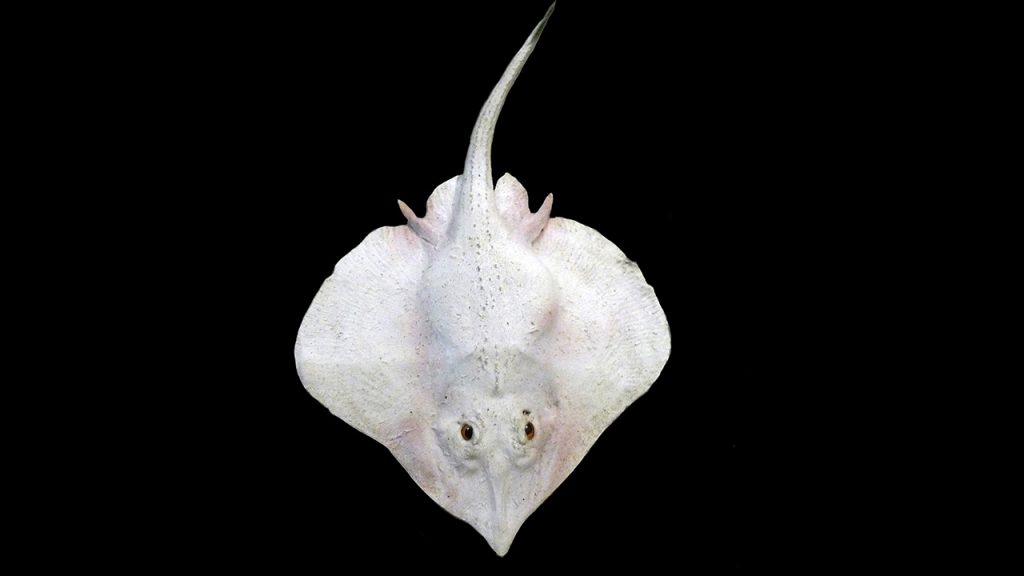
The eggs were identified as belonging to the Pacific white skate, a relative of sharks and stingrays. Known for their distinctively pale appearance and large, bug-like eyes, these fascinating creatures thrive in cold, deep waters.
While many marine animals prefer shallower, warmer waters to spawn, Pacific white skates rely on volcanic heat to incubate their golden-colored eggs. This process can take an astonishing ten years! The eggs’ proximity to thermal vents highlights the role of Earth’s geothermal energy in sustaining life in environments once thought uninhabitable.
Geothermal Heat and Life
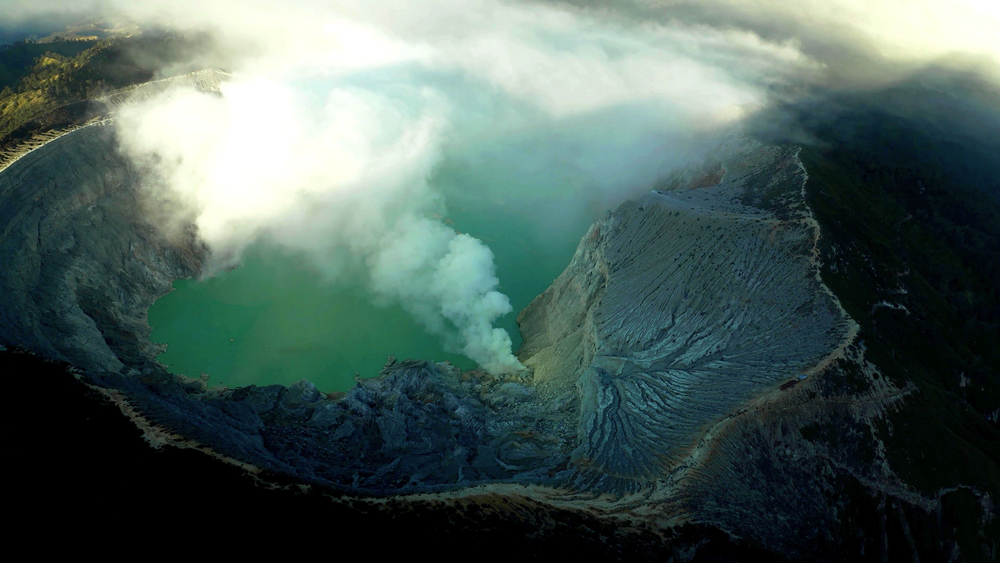
One of the most exciting aspects of this discovery is the role of geothermally heated water in creating habitable zones deep in the ocean. The underwater volcanoes emit hot, mineral-rich fluids that keep the immediately surrounding water warm enough for life to flourish.
This heat plays a vital role for the Pacific white skate. It protects their eggs from the bitter cold of the deep sea, allowing the embryos inside to grow stronger and larger over the decade-long incubation period. “Heat makes all the difference,” Dr. Du Preez noted, explaining how volcanic activity reshapes life in the ocean.
Why the Eggs Are Golden
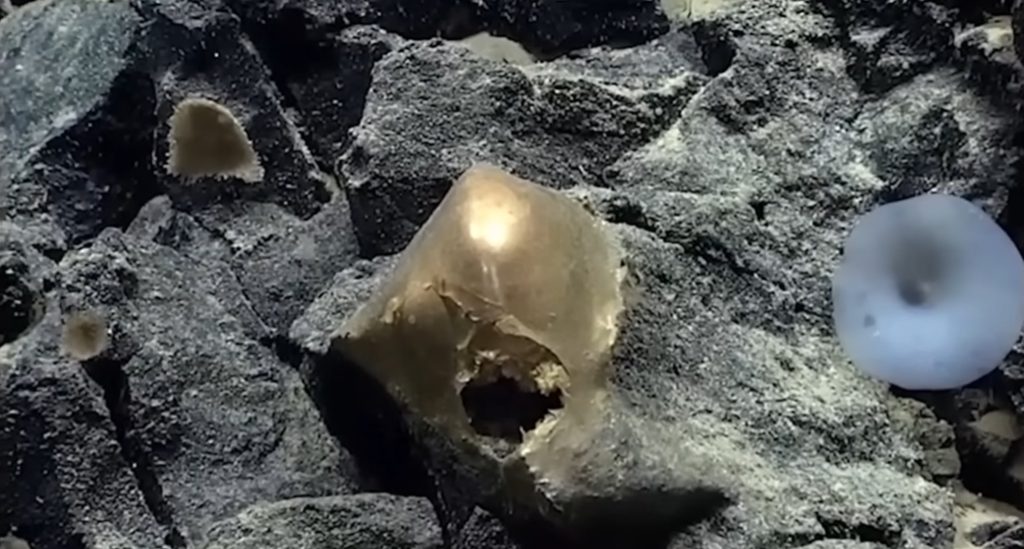
At first glance, the fact that the eggs appear golden might seem symbolic rather than scientific, but the reality is still remarkable. The translucent membrane of the egg reflects light, giving it a glowing, golden hue in the right conditions.
The reflective golden color isn’t just for show. It likely serves as a layer of protection, camouflaging the eggs among the sand and minerals around the vents. This natural shimmer helps deter predators, blending the eggs into their unusual but resource-rich environment.
First Footage of Egg-Laying
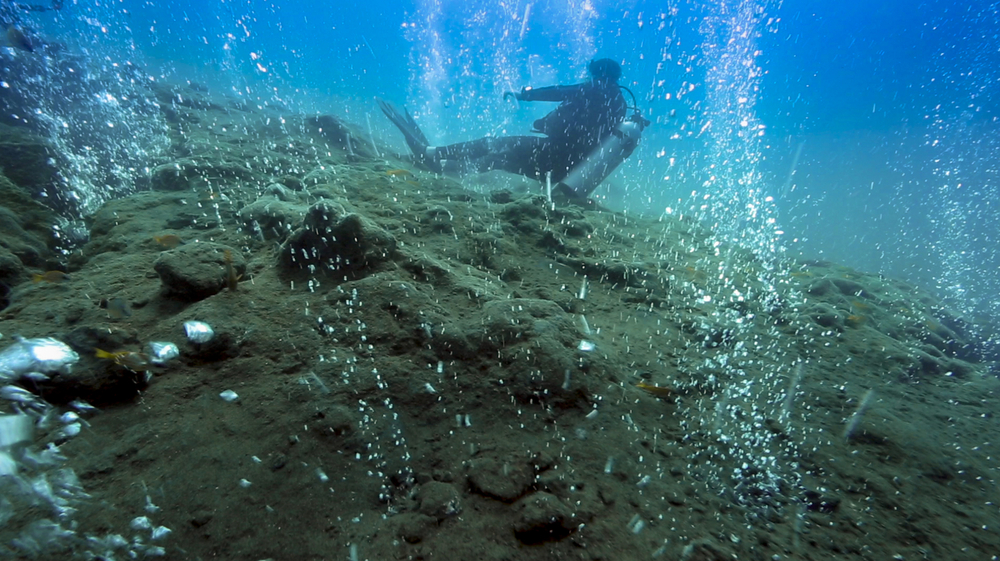
For the first time, scientists were able to capture high-quality footage of a female Pacific white skate laying her eggs near a thermal vent. Using advanced robotic cameras, the team filmed the highly elusive process.
The footage revealed the skates’ careful selection of the warmest spots near the vents before delicately placing their eggs. “It was like watching evolution in action,” said one of the lead researchers, adding that it provided crucial insights into behaviors previously unknown to science.
An Underwater Nursery
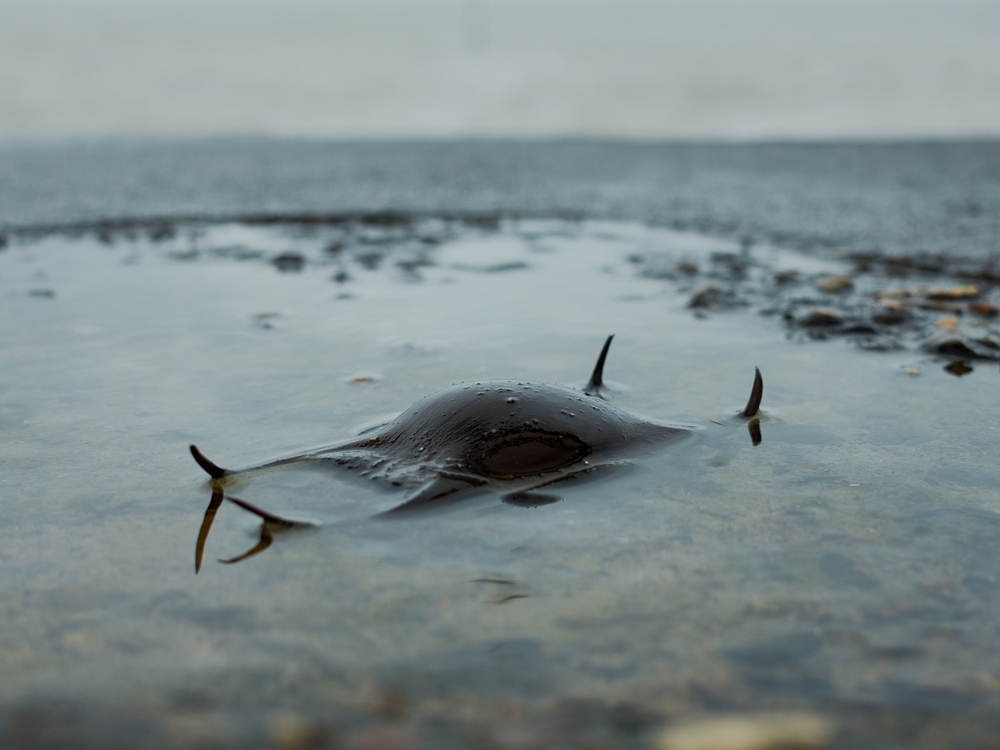
The area surrounding the underwater volcano has become a natural nursery for the Pacific white skate. The dense concentration of eggs is a testament to the unique environment created by geothermal activity.
Unlike typical marine environments where eggs might be scattered over large distances, this nursery offers protection, warmth, and a self-contained ecosystem. Starfish and other deep-sea creatures were also observed thriving in this unusual habitat, suggesting the site supports a wide diversity of life.
Temperature and Survival
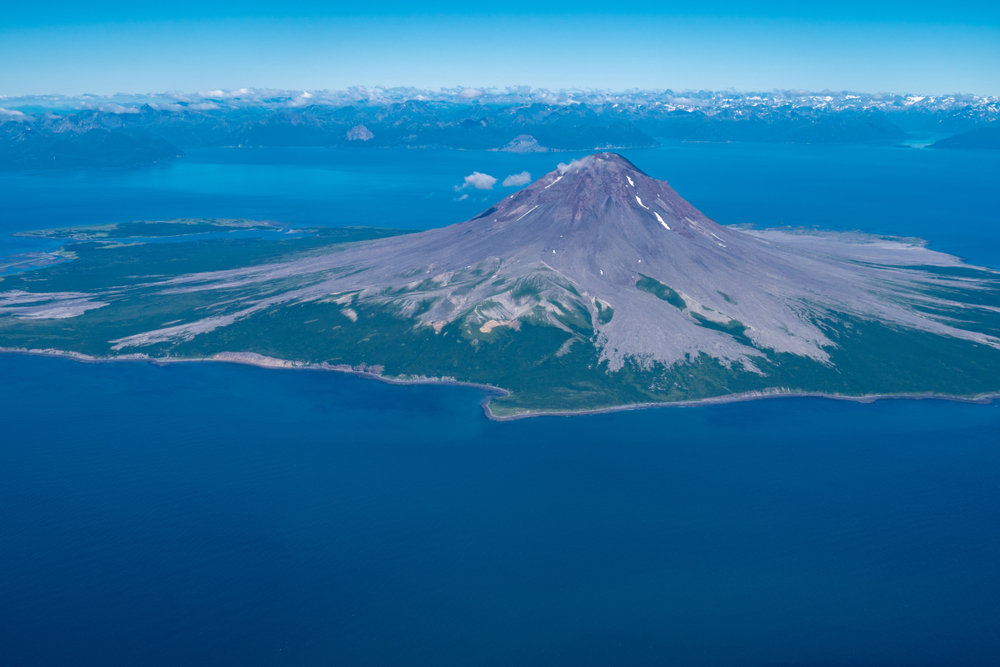
Marine biologists noted that without the heat from the volcanic vents, these eggs wouldn’t survive. Temperatures at these depths are typically too low to support the 10-year incubation process.
This connection between volcanic heat and life challenges our understanding of ecosystems. It serves as a reminder of the often-overlooked interactions between Earth’s geology and biology. The golden eggs discovery is a perfect example of how harsh conditions can, paradoxically, foster life.
Read More: NASA Map Shows Alarming Future of US Cities as 40 Million People Face Rising Oceans
Challenges of Studying Deep-Sea Life
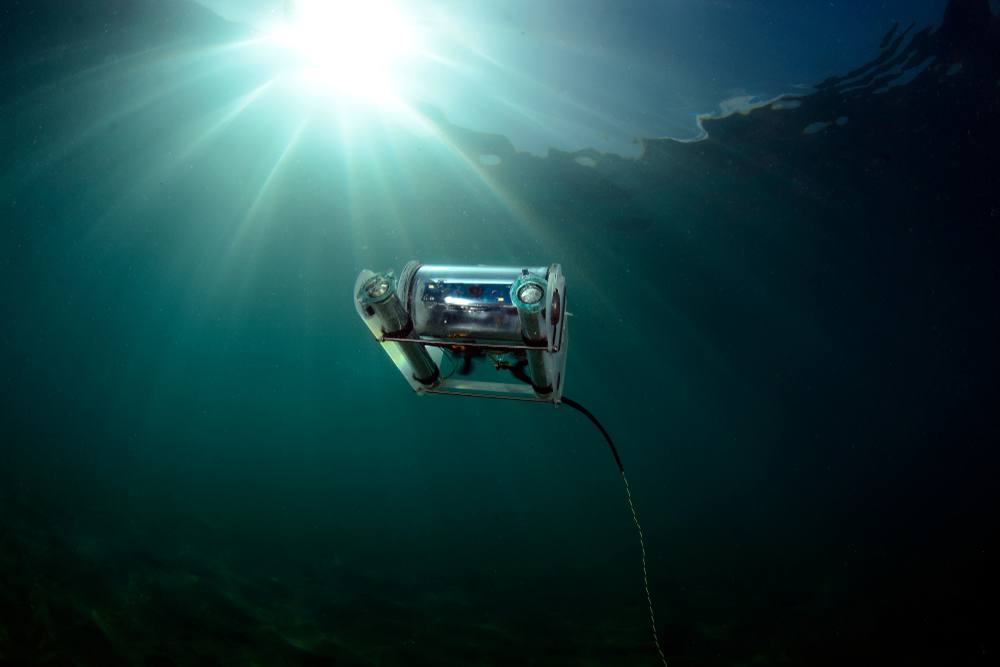
While these discoveries are groundbreaking, exploring underwater volcanoes comes with significant challenges. The depths involved reach almost two miles below the surface, with crushing pressures and freezing temperatures.
Scientists rely on remotely operated vehicles (ROVs) equipped with cameras and robotic arms to collect samples and observe life at such depths. Despite these technologies, the overwhelming darkness and extreme environmental conditions mean much of the deep ocean remains unexplored.
Golden Eggs and Climate Change
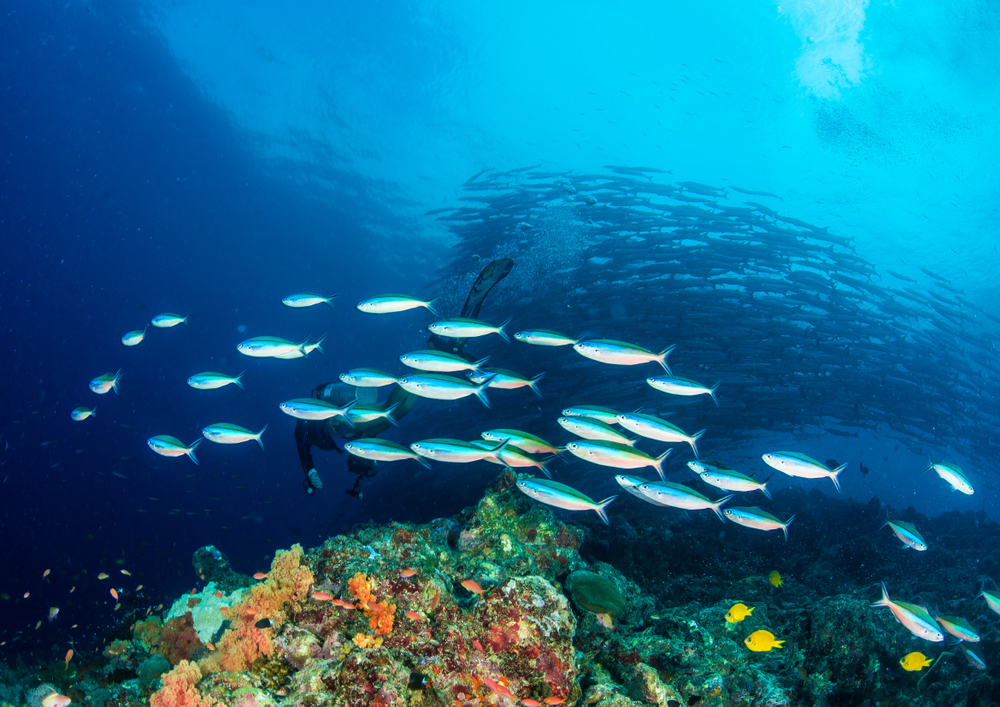
Interestingly, this finding raises questions about the effects of climate change on deep-sea ecosystems. Volcanic vents rely on delicate balances in Earth’s tectonic activities to maintain their heat.
If these conditions change due to warming oceans or shifting currents, it could spell disaster for species like the Pacific white skate. Their dependency on specific thermal zones highlights just how fragile these ecosystems really are.
What This Discovery Tells Us About Evolution

Scientists are excited not only by the eggs themselves but by what they reveal about adaptability and evolution. Deep-sea marine life, once thought of as barren, is actually vibrant and teeming with life.
This research underscores the incredible ways species have adapted to extreme environments over millions of years. It also reminds us how much we still have to learn about Earth’s biodiversity and its deep-sea frontiers.
Why This Matters to Science
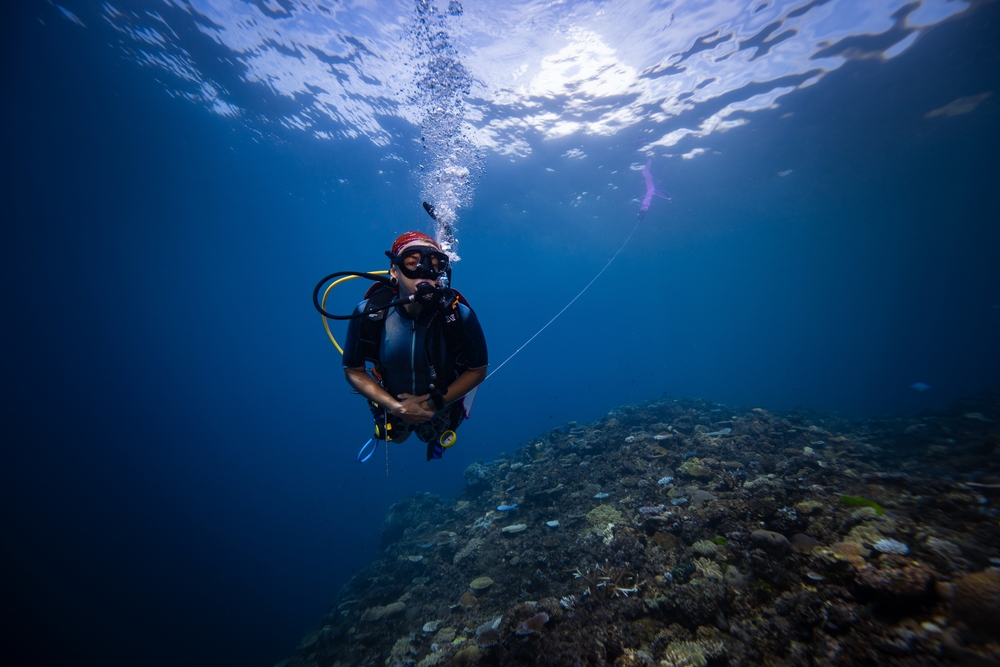
Beyond its visual allure, the discovery of 2.6 million golden eggs benefits science in profound ways. It provides essential data about the Pacific white skate, their lifecycles, and the environmental factors that sustain them.
It also contributes to our understanding of geothermal ecosystems, which could inform conservation efforts for other deep-sea species facing threats in their changing habitats.
Read More: Eerie Perfect Circles Discovered on Ocean Floor Leave Scientists Baffled
Disclaimer: This article was created with AI assistance and edited by a human for accuracy and clarity.

